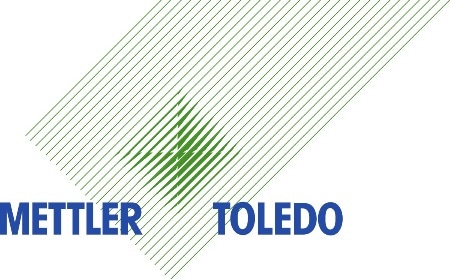.jpg)
Image Credit: SUWIT NGAOKAEW/Shutterstock.com
All chemical reactions and physical changes are influenced by the increase in pressure resulting in a change in volume. There is often no alternative for material testing, process development, and quality control other than DSC measurements under pressure.
High-pressure DSC enables the user to measure samples under specific atmospheres up to 10 MPa as a component of time or temperature. Higher pressure and temperature accelerates reactions and reduces the investigation time. In this webinar, the essential principles of high-pressure DSC and current applications are discussed.
High-pressure DSC is applied for research in universities, pharmaceutical, petrochemical, and chemical industries, and additionally to analyze paints, plastics, foodstuffs and electronics. It is also employed to measure thermal stability (OIT), for reaction and safety studies, to investigate desorption and sorption, to detach overlapping thermal effects, and to decide the enthalpy of vaporization and curing processes.
The major benefits include; improved separation of overlapping effects to reduce the interpretation of DSC curves; the possibility of measuring materials under defined atmospheres and pressures; and shorter analysis times.
The topics covered by the Webinar are as follows:
- What is high-pressure DSC?
- Basic principles and examples
- The HP DSC 1 and its options
- Why use high-pressure DSC?
- Industries and applications
- Practical applications
- Summary

This information has been sourced, reviewed and adapted from materials provided by Mettler Toledo - Thermal Analysis.
For more information on this source, please visit Mettler Toledo - Thermal Analysis.